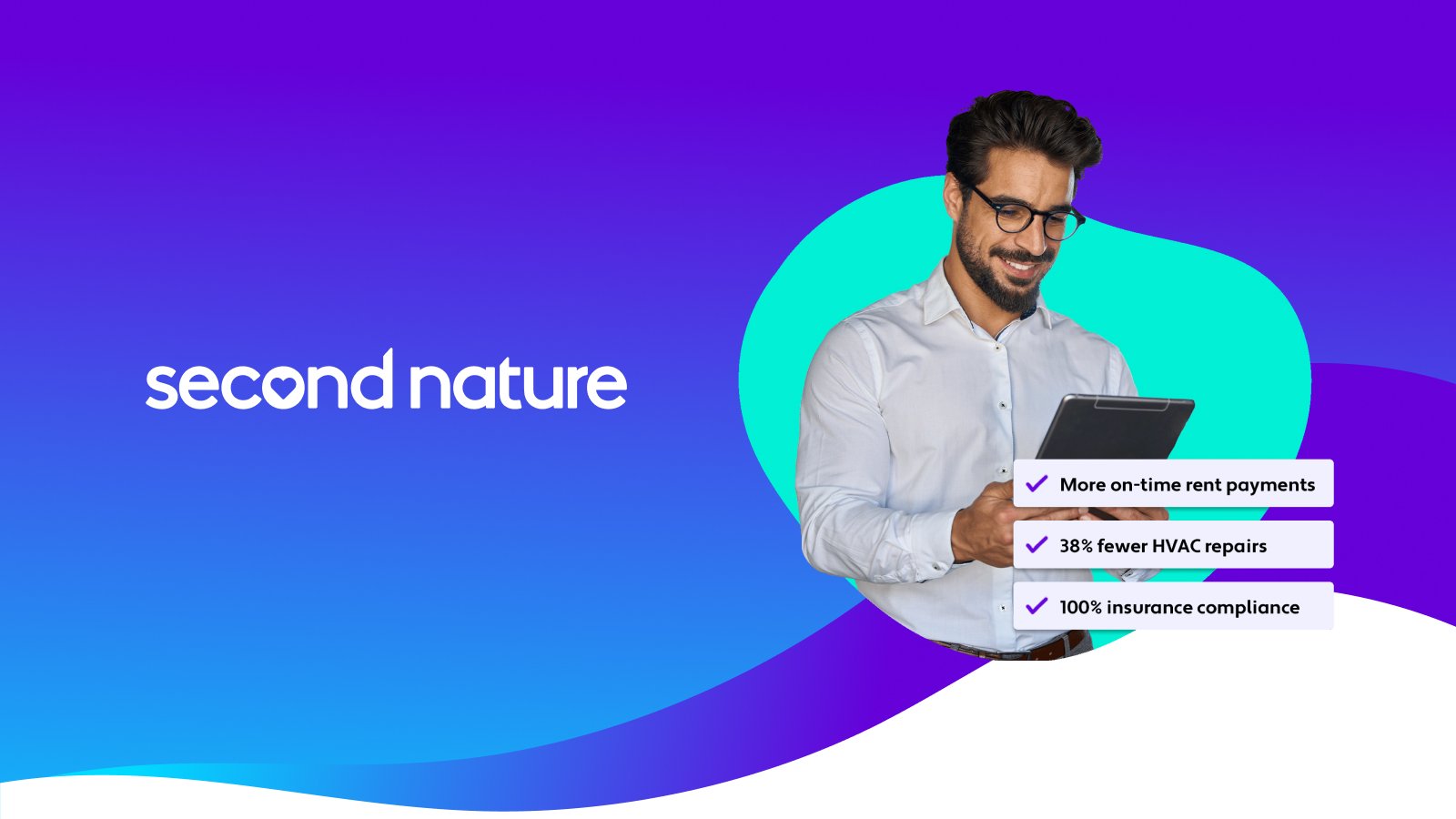Here at Second Nature, we talk a lot about indoor air quality. It’s an underrated issue that we try to bring awareness to because indoor air pollution in your home can actually be much worse than outside and have detrimental effects on your health. There are a handful of common indoor air pollutants that make up most of the pollution inside your home, and the first step to protecting your home from those pollutants is understanding where they come from and where they usually are in your home.
To make that easy, we’ve got some educational (yet still interesting, don’t worry) information about indoor air pollution, followed by a list of common indoor air pollutants, where they come from, and what parts of your home are most vulnerable to them. We top it off with how to reduce indoor air pollution to keep breathing easy.
What is indoor air pollution and is it really that bad?
So, what is indoor air pollution? It’s a result of chemical, biological, and physical contaminants in the air inside your home. Sources of indoor air pollution can include cleaning products, insulation materials, or even activities like baking and cooking. These pollutants may cause allergies or lead to other serious health issues, such as respiratory diseases.
The Environmental Protection Agency stated, “Indoor air pollutants have been ranked among the top five environmental risks to public health. The problems they cause can be subtle and do not always produce easily recognized or immediate impacts on health.”
Poor indoor air quality can cause both short-term and long-term health problems. Short-term problems include headaches, tiredness, dizziness, and irritation of the eyes, nose, and throat. These symptoms can usually be treated when the source of the pollution is removed from the home. Long-term symptoms are more severe and can include respiratory diseases, heart problems, and even cancer.
Indoor air pollution is a serious health hazard, so understanding how to find pollutants and how to reduce indoor air pollution is essential.
What are the sources of indoor air pollution and where do pollutants come from?
The first step in understanding how to reduce indoor air pollution is to understand where these pesky pollutants come from. Let’s start with everyone’s favorite air springtime nuisance: pollen.
Where does pollen come from?
Pollen originates outdoors when it is released into the air by trees, plants,They exist in all homes and grass. Tree pollen is released during the spring, grass pollen occurs in the summer, and ragweed pollen is the worst offender in the fall.
Pollen’s primary method for entering your home involves hitching a ride on your clothes. Pollen is everywhere during its peak seasons and it will stick to soft fabrics with ease. Once it is in your home, pollen can stay on your clothes or fall into crevices into your carpets or rugs, where it will wait to be resuspended and inhaled.
Pollen can also grab a lift into your house on the back of your pets or just flow straight in through drafts around windows or doors. If you’re allergic to pollen, you can counter these issues by frequently washing your clothes, especially after you’ve been outside, as well as keeping pets out of bedrooms, and installing weatherstripping where necessary (and change your air filter!)
Where does smoke come from?

Unlike pollen, smoke isn’t going to cause a sneezing fit, but it’s objectively more dangerous to inhale. Smoke in the home can come from a variety of sources, most of which are easily removed by just avoiding them. Smoking cigarettes is an obvious one and something you should stop doing immediately for several reasons.
Candles are a big creator of indoor smoke pollution as well, and they also are known to release nasty chemicals into the air in addition to just smoke. If you want to burn candles, opt for beeswax or soy candles instead of anything that contains paraffin to minimize nastiness.
Finally, smoke can originate from wildfires that are hundreds of miles away. There are probably a lot of people who have never thought twice about wildfires, but smoke pollution from these gargantuan blazes is one of the most prominent sources of indoor air pollution that causes extremely serious air quality issues out west, especially in the summer and early fall.
It can become so bad that evacuation is the proper response, but in less serious cases, keeping your home well-sealed and using the highest quality air filter possible are good protection options. Smoke particles are very tiny, so at least a MERV 13 is recommended.
Where do dust mites come from?
Dust mites are tiny, microscopic relatives of the spider. They don’t bite, but their waste and byproducts are very common allergens in your home. Dust Mites feed on dead skin cells (they’re kinda gross) and can be found in places where those build up. Mattresses and couches are extremely popular locations for dust mites to live.
These pests can enter your home by hitching a ride on your clothes, you yourself, or really anything that comes and goes from your house. However, unless your home was just built yesterday, they’re already there. Any soft surface that you spend a lot of time in and around is vulnerable to being a dust mite home.
The places you spend the most time in are the places most vulnerable to dust mites, as those are the places that collect the most dead skin cells. Mattresses are their first pick of surfaces to live on, with couches, clothes, and carpets close behind. Read about how to fend off dust mites in our dust mite blog.
Where do bacteria come from?
Bacteria can enter your home in pretty much every way possible and are everywhere all the time. They're in the air. They're on surfaces. They're everywhere. Airborne bacteria, as the name implies, are in the air and can enter your home through doors and windows. Humans are also couriers of these tiny disease-causing creatures. They enter with us on our clothes, hair, and worst of all, shoes.
Once inside your home, the most common places to find bacteria are, not surprisingly, the kitchen and bathroom. Dish sponges, sinks, toothbrushes, and toothbrush holders are among the grossest places in your home, thus the most bacteria-friendly places.
Obviously, cleaning your surfaces and sinks with an antibacterial cleaner will help get rid of these common indoor air pollutants. Taking your shoes off, and asking guests to do the same, when you enter your house can help keep certain bacterial pathogens out of your home as well.

Where does smog come from?
Smog is another pollutant that originates from outside your home and can affect your indoor air quality by entering through drafts, places of insufficient insulation, and open doors and windows. Smog (combination of the words smoke and fog) is actually a nasty witch’s brew of lots of different air pollutants (It is not actually a combination of smoke and fog).
In the United States, smog is common out west and contains lots of tiny particles, as smoke particles from coal and emissions play a big role in its development. Because of this, using at least a MERV 13 air filter is the number one recommended approach to helping your indoor air quality against smog.
Where does pet dander come from?
Pets. Crazy, right? Yes, your little fur baby is likely causing indoor air pollution in your home. Pet dander is different from a lot of pollutants on this list as it originates from inside your home, so defeating it involves more cleaning than preventing. All furry animals produce dander, which obviously includes dogs and cats. The proteins in cat dander tend to be slightly more allergenic than those in dog dander, but both are potent allergens.
Dander particles have jagged edges so they stick to soft surfaces very easily. Because of this, they’re commonly found on bedding, couches, and within the nooks and crannies of carpets. These places, along with any place your dog or cat spends a lot of time, should see regular cleaning. It’s also a good idea to use at least a MERV 11 air filter, as dander particles tend to be small.
Where does mold come from?
Mold spores are already inside your home floating through the air. They exist in all homes, typically at very low concentrations below what is harmful to people. Mold becomes a problem in areas with excessive moisture and humidity. These environments are where mold can become harmful to your health.
Leaky pipes, bathroom and kitchen sinks, and showers are excellent starting points for mold issues. Basically anywhere where moisture can collect and stagnate. Old food is another one that everyone already knows. Much like dust mites, humidity also plays a factor in how conducive your home is to certain molds. Keeping the humidity in your home below 55% will make your house less appealing to mold and reduce indoor air pollution.
Carpets and clothes are secondary places that can harbor mold easily. Never leave wet clothes around and keep baking soda and vinegar around to deal with mold in your carpets. You can also decrease the amount of mold spores in your air by using a good air filter.
Where does dust come from?
What even is dust? It’s actually a combination of a ton of different random little things, some of which are the indoor air pollution examples in this article and some of which are not. Small pollen grains, paper fibers, hair fibers, dead skin cells, and more can make up dust (Dust mites get their name because they are commonly found among dust, which contains the aforementioned human skin cells they feed on).
Dust usually forms in your home, as its components are all sourced from different places in your home. It can settle on any surface, although it’s much easier to remove from hard floors than carpet. If you have allergies, it might be best to avoid carpet wherever possible, because of dust and similar pollutants ability to get stuck in it.
Using a pleated air filter and changing it regularly is step one for dust. Step two is to get after the dust that has already settled. Dust with wet cloths that pick up particles. Do not, I repeat DO NOT, use a feather duster. No idea if anyone still has those, but they just throw dust into the air and do nothing to actually collect it.
How to reduce indoor air pollution caused by all these common pollutants
You may have noticed that "Use a quality air filter" was mentioned about eight times above. That’s not just because we sell air filters (promise). Using at least a MERV 8 pleated air filter, and an 11 or 13 when necessary, is how to reduce indoor air pollution in your home, no matter what type of pollutant we’re talking about.
Air filters are the most effective way to capture and remove airborne pollutants indoors. Not sure what size air filter to get? Learn about air filter sizes and MERV ratings to choose the best filter to enhance air quality safety in your home.
Topics:




